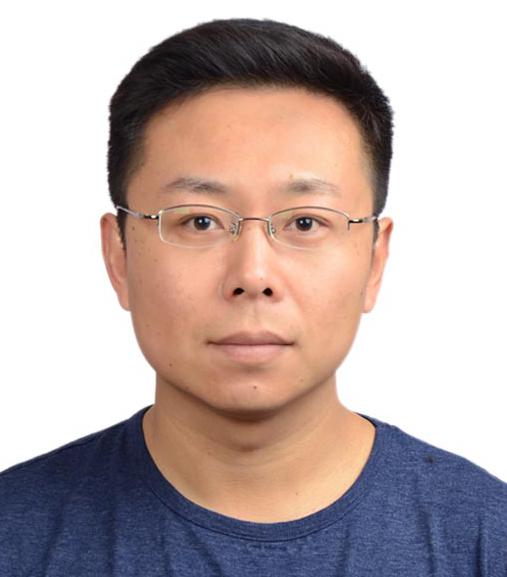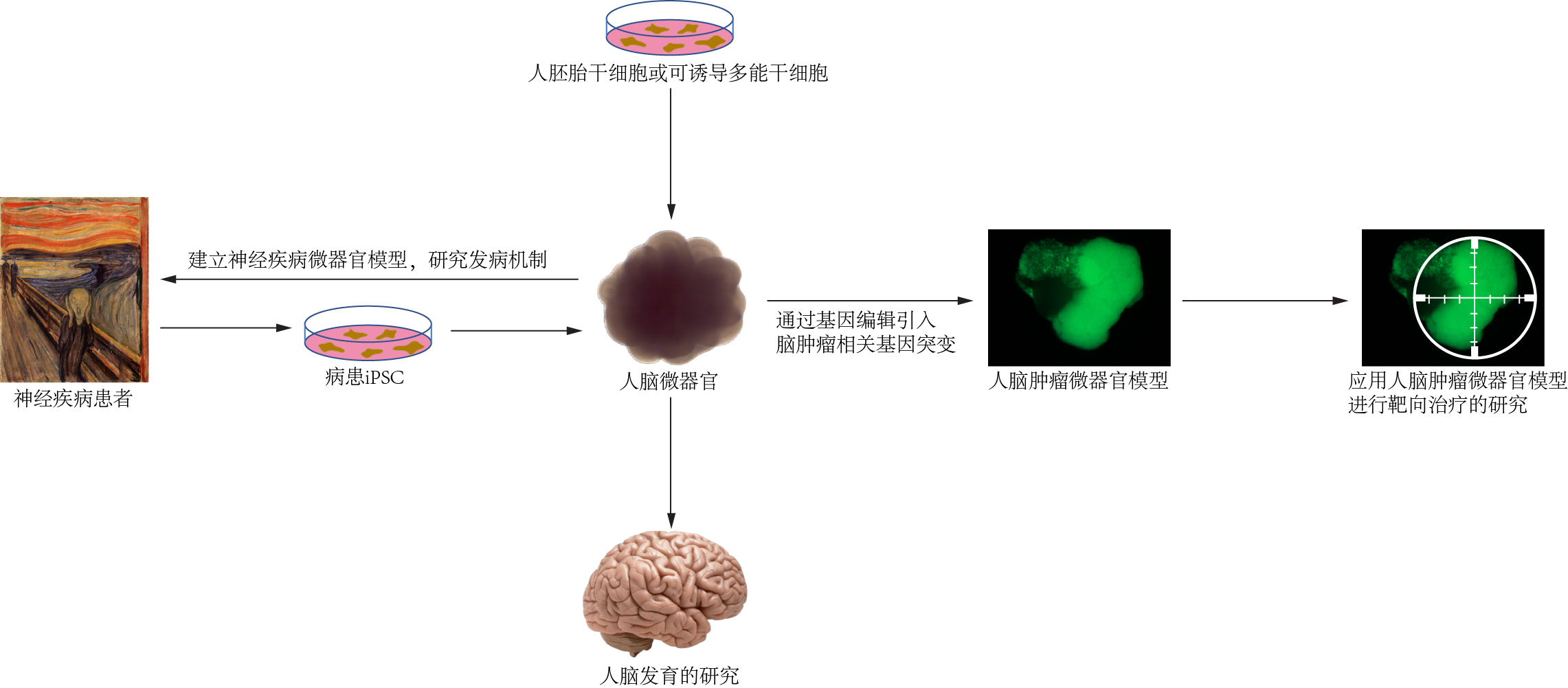边杉
B

姓名:边杉
学位:博士
职位:博士生导师 教授
研究领域:干细胞与微器官
Email:shan_bian@tongji.edu.cn
通讯地址:上海市杨浦区四平路1239号,
同济大学生命科学与技术学院,邮编200092
研究方向
1. 应用人脑微器官和视神经微器官研究人神经系统发育
2. 应用类器官研究神经系统疾病的发病机制和治疗手段
3. 应用类器官研究人脑肿瘤和视神经肿瘤的发生、发展和治疗手段
个人简介
2004年毕业于中国药科大学,获得本科、硕士学位;2009年毕业于德国弗莱堡大学,获得博士学位,师从于德国科学院院士Melitta Schachner; 2010-2013年于美国康奈尔大学威尔医学院从事博士后研究,主要应用小鼠模型研究大脑皮层发育;2014-2018年于奥地利科学院分子生物技术研究所欧洲科学院院士、奥地利科学院院士、EMBO成员Juergen Knoblich课题组进行博士后研究,致力于应用人脑类器官研究神经发育和神经系统疾病;2019年至今任同济大学生命科学与技术学院特聘研究员,同济大学附属东方医院再生医学研究所特聘研究员。主要成果以第一作者(包括并列第一作者)和通讯作者(包括并列通讯作者)身份发表在Nature Methods, Cell Research, Cell Reports, EMBO Reports, Journal of Cell Science等国际权威期刊;受邀在Current Opinion in Neurobiology,Molecular Neurobiology,Journal of Cell Science等杂志发表综述文章,并参与撰写论著《Neural Stem Cells - New Perspectives》和《Neural Stem Cells and Therapy》、《干细胞生物学》的专题章节;受邀担任Advanced Science, Nature Communications, Cerebral Cortex, Stem Cells, Stem Cells Translational Medicine, Neuroscience Bulletin, iScience,Advanced Biosystems, Stem Cell Research, Stem Cell and Development, Behavioral Brain Research等多个国际学术期刊的审稿人,并受邀为荷兰研究委员会(Dutch Research Council, DWO)评审基金。
实验室研究内容
大脑是人体中功能最强大、结构最复杂的器官。长期以来,人们对大脑发育和疾病的认知大都是通过动物模型获得的。然而,人与动物遗传背景的巨大差异使得动物模型并不能完美的体现人脑发育和疾病特征。作为2013年Science杂志选出的当年十大科技突破之一,人脑微器官的出现为研究人类大脑发育和神经系统疾病提供了一个全新的工作平台。本实验室将应用人脑类器官和视神经类器官培养技术作为平台,结合基因编辑技术和单细胞组学技术,研究(1)人脑发育和进化、视神经发育及其调控机制;(2)神经系统疾病的发病机制和治疗手段;(3)脑肿瘤和视神经肿瘤的发生、发展及治疗手段。
代表性文章(近五年):
Guo Z, Chen M, Chao Y, Cai C, Liu L, Zhao L, Li L, Bai QR, Xu Y, Niu W, Shi L, Bi Y, Ren D, Yuan F, Shi S, Zeng Q, Han K, Shi Y, Bian S#, He G#. (2021) RGCC balances self-renewal and neuronal differentiation of neural stem cells in the developing mammalian neocortex. EMBO Rep 29:e51781. (#并列通讯作者)
Jiang M, Tang T, Liang X, Li J, Qiu Y, Liu S, Bian S, Xie Y, Fang F, Cang J. (2021) Maternal sevoflurane exposure induces temporary defects in interkinetic nuclear migration of radial glial progenitors in the fetal cerebral cortex through the Notch signalling pathway. Cell Prolif 54:e13042.
Xu Y, Xi J, Wang G, Guo Z, Sun Q, Lu C, Ma L, Wu Y, Jia W, Zhu S, Guo X, Bian S, Kang J. (2021) PAUPAR and PAX6 sequentially regulate human embryonic stem cell cortical differentiation. Nucleic Acids Res 49:1935-1950.
Chen A, Guo Z, Fang L, Bian S. (2020) Application of fused organoid models to study human brain development and neural disorders. Front Cell Neurosci 14:133.
Bian S, Repic M, Guo Z, Kavirayani A, Burkard T, Bagley J, Krauditsch C, Knoblich JA. (2018) Genetically engineered cerebral organoids model formation of brain tumors. Nat Methods 15:631-639.
Miao N*, Bian S*, Lee T, Mubarak T, Huang S, Wen Z, Hussain G, Sun T. (2018) Opposite Roles of Wnt7a and Sfrp1 in Modulating Proper Development of Neural Progenitors in the Mouse Cerebral Cortex. Front Mol Neurosci 11:247.(并列一作)
Bagley JA, Reumann D, Bian S, Lévi-Strauss J, Knoblich JA. (2017) Fused cerebral organoids model interactions between brain regions. Nat Methods 14:743-751.
Renner M, Lancaster MA, Bian S, Choi H, Ku T, Peer A, Chung K, Knoblich JA. (2017) Self-organized developmental patterning and differentiation in cerebral organoids. EMBO J 36:1316-1329. (封面文章)
实验室欢迎有志于生物医学研究的研究生和本科生报考和实习,同时欢迎具有生物医学(分子生物学、细胞生物学、神经生物学)相关研究经历的副研究员,助理研究员、 博士后加盟。
Copyright© 2011-2015 生命科学与技术学院, All rights reserved
地址:上海市四平路1239号 电话:021-65981041 传真:65981041


